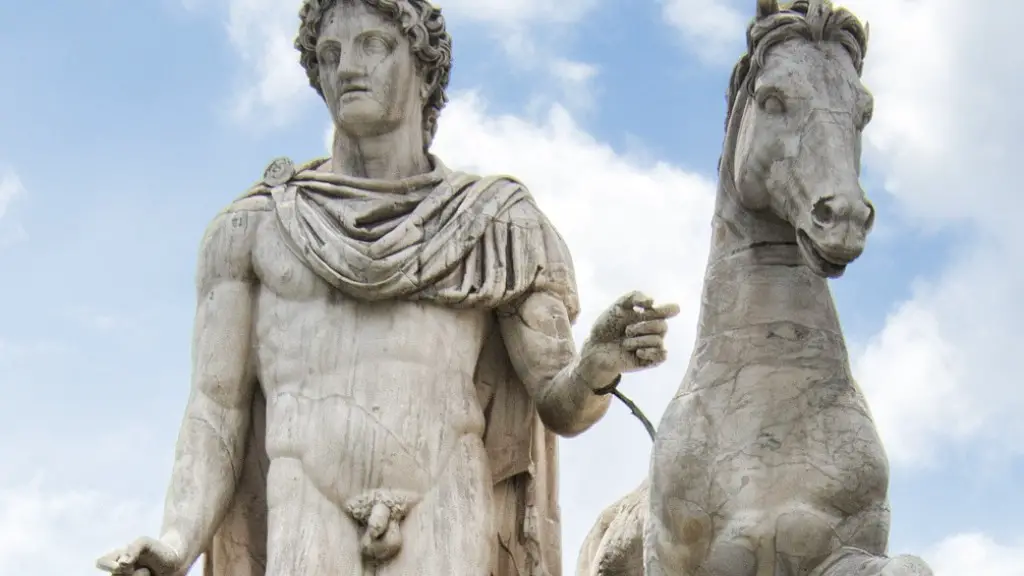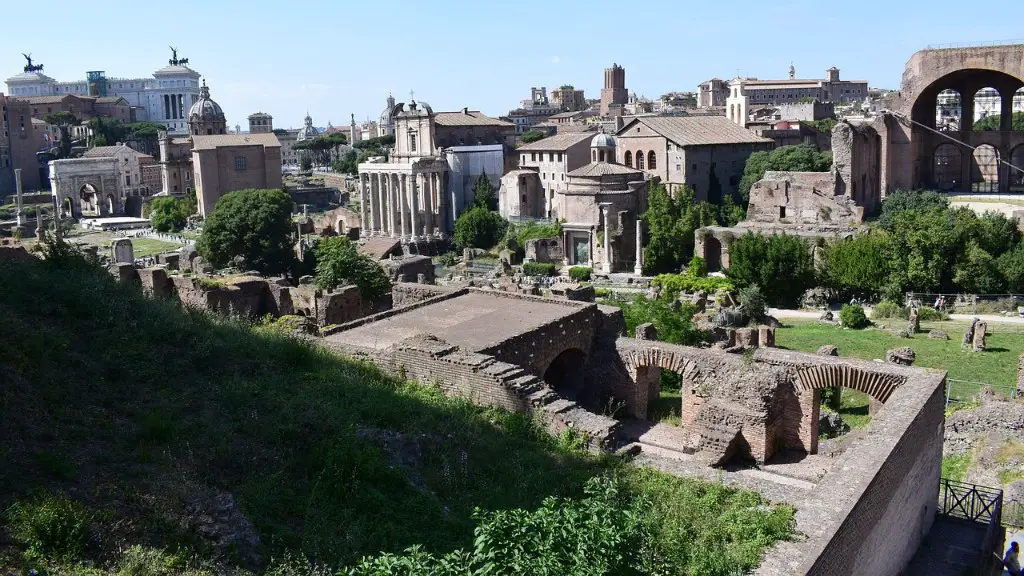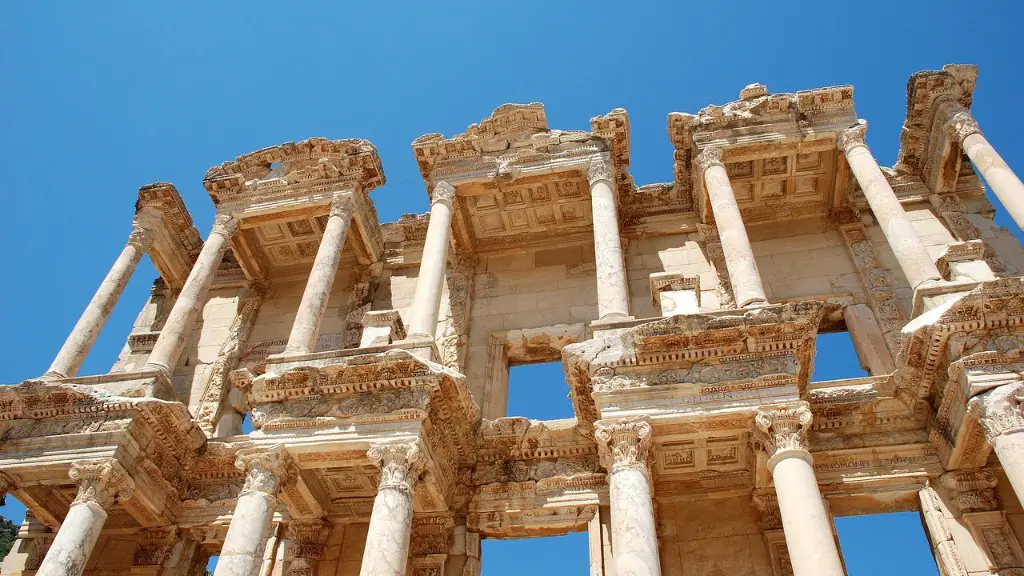The Historic Paved Roads of Ancient Rome
The paved roads of Ancient Rome stand as a symbol of the engineering accomplishments of their civilization. The ancient Romans are widely considered to possess some of the most advanced engineering skills from antiquity and the construction of these roads was an incredible feat for the time. Since the Roman Empire began to crumble, these roads have been marveled at from afar and kept in remarkable condition to this day.
The most famous road of Ancient Rome is, of course, the Appian Way. Built by Appius Claudius Caecus in 312 BC, this road ran for more than 350 miles and connected the important cities of Rome and Brindisi. Scholars today still marvel at the level of engineering and planning that went into its construction, as it managed to overcome and skirt some of the most rugged mountainous terrain in Europe. The road was also significant because it was the starting point of most military processions in Ancient Rome.
The Appian Way was undoubtedly the most impressive and renowned road in the Roman Empire, but it was far from the only one of significance. The Aurelian Way was another much-used road built nearly one hundred years later that linked Rome with the North of Italy. This road was largely responsible for connecting Rome to the upper parts of the Empire and even traversed aqueducts and over large rivers. The Via Domitia, the oldest road in the Empire, was constructed shortly after the former and ran from Italy to the southern reaches of what is now Spain. It was frequented by traders, military forces and even some of the most famous figures in Roman history.
The most incredible aspect of these roads was not only the engineering behind them, but also the durability that they have retained to this day. Although much of the road was destroyed by natural erosion, much of the Appian Way, for example, has been restored and still stands, a testament to the skill and blood, sweat and tears put into its construction by its Roman creators. This is evidenced by the fact that it is still traveled today, although the vehicular traffic is much more regulated than when it was originally created.
All of these roads, even the modern ones, bear witness to the ingenuity and daring of the Roman engineers and the roads of Ancient Rome still guide us to this day. They form the backbone of almost all major highways in Europe, and are a reminder of the remarkable achievements of one of humanity’s most impressive civilizations.
Technical Features of the Road
The Appian Way is perhaps the most iconic of the Ancient Roman roads and is one of the most advanced engineering feats of antiquity. It is estimated that it could take up to four days for a traveler to traverse its full length and it featured several interesting technical features. A key factor in its success was the engineering of the road’s terrain, it was able to avoid most of the difficult mountainous landscape of the region. Furthermore, the road was constructed in such a way that the rainwater was efficiently channeled away to prevent flooding and mudslides.
The road was also known to be constructed of volcanic rock and cement imbued with lime and crushed stones to provide even greater durability. In order to reduce the discomfort for the travelers and beasts of burden, the road’s surface was also graded and smoothed before it was paved with stones or brick. The drainage ditches on the side of the road increased the road’s stability, reducing the risk of landslides and providing a safe channel for water to escape the roadway.
Tile mosaics were incorporated into the road, allowing travelers to mark the distance they had traveled and also as a form of orientation. Milestones were placed along the road and provided important information such as distances to the next city. They also played an important role in Romans being able to accurately measure the distances they had traveled.These milestones always bore the symbols of the Roman Emperor and were often inscribed with the Emperor’s name.
Benefits & Consequences of their Construction
The legacy of Ancient Rome’s engineering feats can still be seen today, from their roads to their other impressive architecture. The construction of these roads provided a vital link between distant territories, opening trade and travel corridors. It allowed for the circulation of ideas and materials and heralded an era of unprecedented economic prosperity for the Roman Empire.
However, with increased trade and travel also came increased dangers, as King Pyrrhus of Epirus noted when he said “Such delicate paths and roads, the work of giants strong for a time, leave the weaker man to the merciless and lead him straight to the enemy’s door.” By connecting distant parts of the Empire, it brought both prosperity and danger alike.
Preservation of the Roads
Due to their historical significance and the remarkable feat of engineering they represent, many of the roads were preserved by various later empires. The reconquest of the Italian Peninsula by Charlemagne in the 8th Century saw him take a particular interest in the Appian Way, having it repaired and calling the Calcis Pontem, the start of the road. This was taken further by the Carolingian Empire, in which new housing was built along the Appian Way to add to its grandeur.
The modern Italian government has also taken a particular interest in the preservation of the roads, particularly where they have been excavated. This gesture has gone as far as protecting the Appian Way from modern traffic and preserving its archaeological artifacts.
Meaning of the Roads in Roman Everyday Life
The roads of Ancient Rome were an integral part of life for the people living during that time. They enabled far-reaching trade and transportation, making it easier for craftspeople, merchants and citizens to travel. People were able to bring their goods to new markets and gain access to provisions and raw materials they may not have had access to in the past.
However, the roads were not only used for economic purposes; they were also used for leisure and entertainment. As banks built alongside the roads, people were able to relax in shady areas and watch the chariots and riders fly past. There were even races held along the Appian Way and the Roman people would gather to watch them, providing a much-needed source of entertainment in their daily lives.
The roads of Rome were also a gathering place for military forces and in times of war, it was also used to bring troops quickly from one part of the Empire to another. This was a crucial factor in Rome’s ability to maintain its vast Empire for so many centuries.
Conclusion
The roads of Ancient Rome remain a testament to the skill and achievement of the Roman Empire. As well as providing a critical link between distant territories and fostering the growth of the Empire, these roads provided a critical point for progress for the Roman populace. After hundreds of years, much of the Appian Way is still visible, a reminder of the greatness of the Roman Empire.



